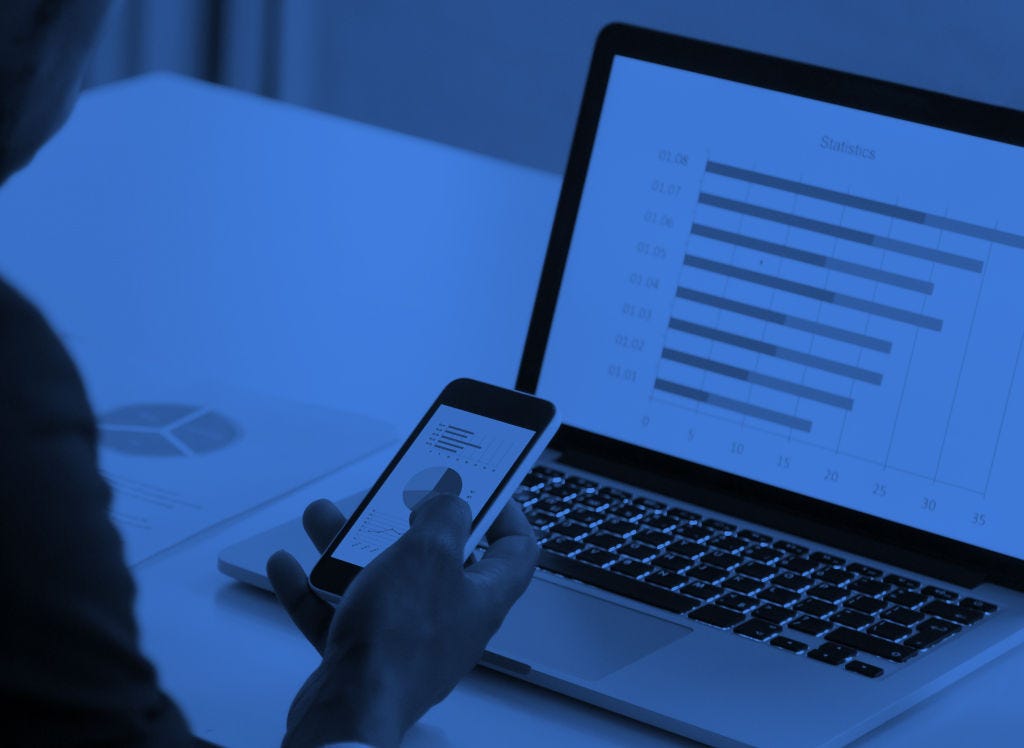21st Century Children looks at the nature of modern childhood and the ways in which schools and communities can work together to protect and guide children while still allowing them the flexibility to make their own mistakes.
21st Century Children
Understanding the nature of 21st Century childhood is crucial for an education that is increasingly expected to support students to thrive in both a digital and non-digital world, delivering academic learning while also building physical and emotional well-being. This has implications for the skills, capacity and resources required.

About
Read more about the OECD 21st Century Children project’s goals, key themes, and project plan.
Objective
- In 2023-24, the project focuses on two main strands, covering children 0-18 years of age:
- Empowering an active digital generation.
- (Re)-imagining a child-centred future.
- The project works with countries to share common challenges and identify examples of good practice, mapping state of the art multidisciplinary research and implications for education
Reports
Working Papers
Short Briefs
Ask an Expert webinars
Blogs
Child safety in the digital age: How education systems can help
Educating healthy and happy children in the digital age
Keeping children happy, healthy and safe in the digital age
Plugged-in parents are inadvertently creating data footprints for their children
Is physical health linked to better learning?
Why schools should pay more attention to students' mental health and well-being









